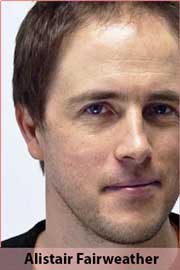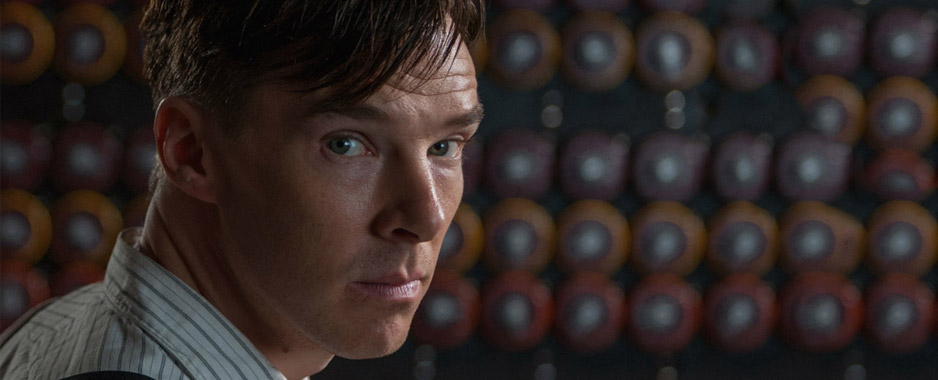 For more than a century, science fiction writers have been dreaming of robots intelligent and adaptable enough to pass as human. And the mechanical creatures that inhabit books and movies may finally become reality — and within our lifetimes.
For more than a century, science fiction writers have been dreaming of robots intelligent and adaptable enough to pass as human. And the mechanical creatures that inhabit books and movies may finally become reality — and within our lifetimes.
This isn’t a result of a single massive breakthrough, but of many small advancements. Three recent innovations, in particular, have the potential to transform science fiction into science fact. Each is impressive enough on its own, but when combined they could change the world as we know it.
The first breakthrough happened in June this year. At the University of Reading in the UK an artificial intelligence programme passed the Turing Test (in other words it convinced human beings that it was human too). The chatbot, named Eugene Goostman, was able to mimic a 13-year-old boy so effectively that it fooled 10 out of 30 judges at the event, all of whom were scientists.
There is plenty of debate about the event. Some scientists argue that the Turing Test had already been passed by earlier innovations, and others insist that the result does not represent a real pass at all. But look at the big picture: what seemed utterly impossible 65 years ago when Alan Turing proposed the test is now within our reach. Passing even the most stringent Turing Test now seems inevitable.
The second breakthrough was announced on 15 August: scientists at Harvard have created a swarm of tiny, autonomous robots. These “kilobots” — 1 024 of them to precise — are able to arrange themselves into complex shapes without being given individual instructions. They each “understand” the shape that needs to be made and then communicate with each other to form stars, letters and wrench shapes.
Compared to humans, these kilobots are quite stupid. All they understand is where they are in space, how close they are to their fellow robots and what shape they’re supposed to form. But even the most simple form of autonomy is miraculous. As with the Turing Test, the impossible has become possible.
The final breakthrough is the most obviously impressive. Raffaello D’Andrea, a Swiss academic and entrepreneur, recently demonstrated the “athletic” flying robots that his team (including a South African) is developing.
These small quadcopters perform the most incredible feats. They effortlessly balance long poles while performing high-speed manoeuvres. They carry a glass of water through the same acrobatic turns without spilling a drop. Even deprived of one set of rotors, the quads adapt and learn how to fly in a different way.
So now we have the beginnings of true artificial intelligence, autonomous robot swarms and robot athletes. The mechanics of humanoid robots are even more advanced — prototypes can climb stairs and carry heavy objects over uneven ground. Combine these with the relentless doubling of computing power, and improvements in battery technology and you soon have the kinds of robots that Isaac Asimov wrote about in the 1940s and 1950s.
The idea of self-directed, intelligent robotic companions still seems farcical to many people. Conventional wisdom holds that only a spectacular breakthrough would make such a thing possible. But they said the same thing about aeroplanes for most of the 19th century, and less than a century later we broke the speed of sound and landed on the moon.
In reality, most great advances come in tiny steps. The science fiction authors provide the grand vision — Jules Verne foresaw the submarine, Arthur C Clarke the geostationary satellite — but scientists and tinkerers do the hard yards. But while their steps may be small, the destination is no less awesome.
- Alistair Fairweather is chief technology officer for Machine, an integrated advertising agency
- This column was first published in the Mail & Guardian Online, the smart news source




